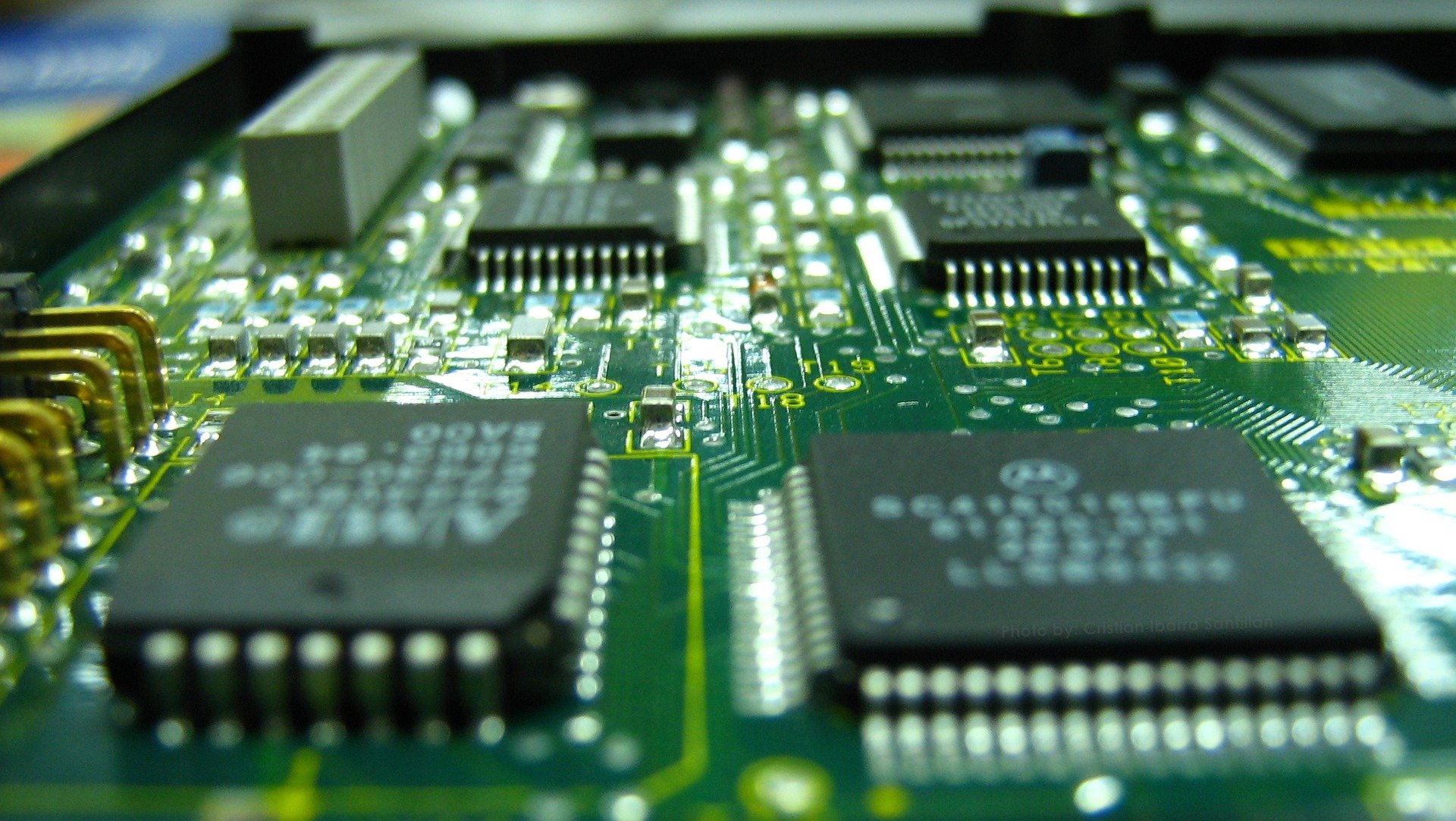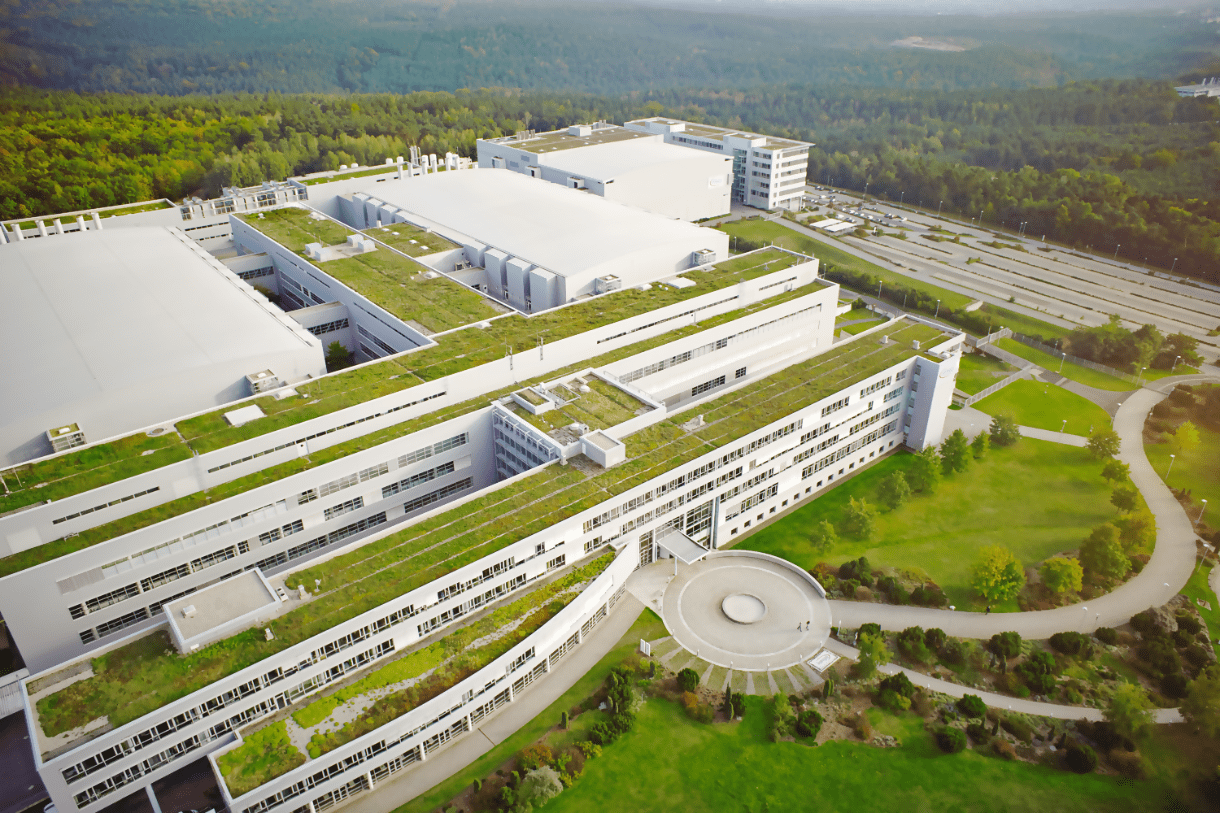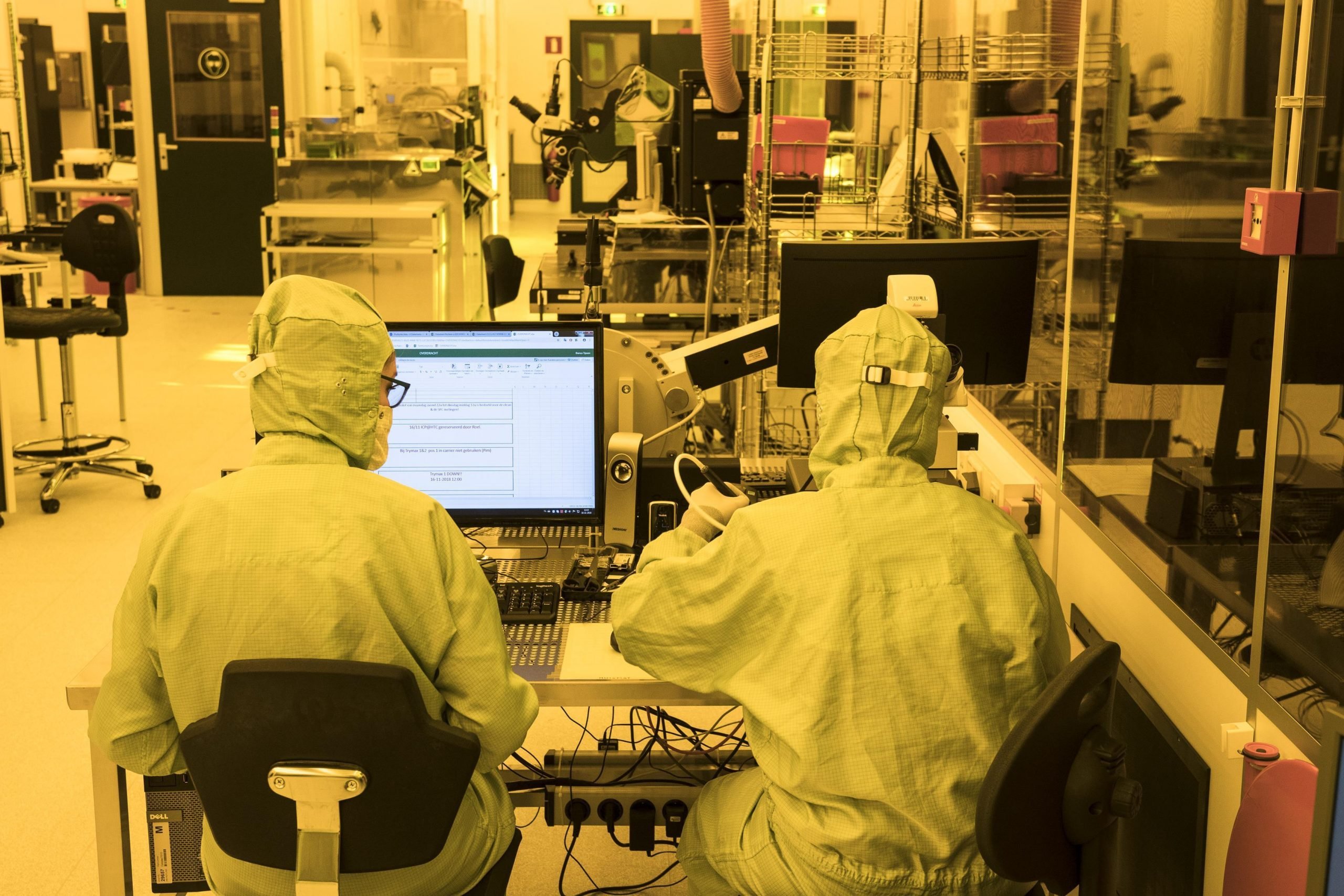
With the European Chips Act entering into force last Thursday, Europe took a giant leap towards semiconductor dominance. With an ambition to increase its global market share in the semiconductor sector from less than 10% to 20% by 2030, the Act mobilizes over $45 billion for research, development, and manufacturing capacity. The Act incentivizes investments from major chipmakers, fosters a fast-track permitting process for new fabs, and empowers EU states to subsidize projects. Despite facing challenges like competition for talent and environmental concerns, the Act’s implementation has seen alignment with Europe’s ambitions through investments by TSMC, Intel, GlobalFoundries, and STMicroelectronics in Germany and France.
- European Chips Act enters into force, aiming to increase Europe’s global semiconductor market to 20% by 2030 through research, development, and manufacturing capacity investments.
- Tech giants form joint venture ESMC to establish advanced fab in Dresden, Germany, utilizing TSMC’s cutting-edge technology, signaling the success of the Act.
- The European Chips Act faces challenges such as geopolitical tensions, competition with the US, and securing raw materials for chip production within Europe’s borders.
The European Chips Act: Europe’s ambitious plan
The European Chips Act is an ambitious plan to secure Europe’s foothold in the global semiconductor industry. This significant initiative aims to foster a stable and competitive semiconductor supply chain on the continent. The act utilizes substantial public and private funding, over €43 billion, to bolster research, development, and manufacturing capacity.
One of the key objectives of the Act is to attract investment from powerful chipmakers, such as Intel and TSMC. By offering a fast-track permitting process for new fabs and the ability for EU states to subsidize projects, the Act presents an attractive proposition. In addition, a coordination mechanism has been established between member states and the Commission to promptly address supply shortages and ensure a steady supply of semiconductors.
A new player on the scene: ESMC
Signaling the potential success of the Act, tech giants TSMC, Bosch, Infineon, and NXP have formed a joint venture, the European Silicon-based Microelectronics and Computing Manufacturing Company (ESMC). This unprecedented alliance aims to establish an advanced semiconductor fab in Europe, bolstering the continent’s electronics value chain and ensuring a reliable supply of chips.

The ESMC plans to construct a state-of-the-art 300mm fab in Dresden, Germany, with a monthly processing capacity of 40,000 wafers. This facility will utilize TSMC’s cutting-edge nanometer technology and receive an investment exceeding €10 billion. The construction of this highly advanced fab is set to commence in 2024, with production expected to start by the end of 2027.
Dutch semiconductor industry: A robust ecosystem
The Dutch semiconductor industry, already robust and thriving, stands to benefit immensely from the Chips Act. The industry is home to over 300 semiconductor companies, employing more than 50,000 people and generating an annual turnover exceeding €30 billion. The Dutch chip design community offers diverse expertise, adding value to the global Integrated Circuit (IC) ecosystem.

The Dutch semiconductor industry owes its success to a collaborative approach involving knowledge institutions, industry, society, and government, also known as the “quadruple helix” approach. With the passage of the European Chips Act, the Netherlands’ position as a leader in the semiconductor industry is further strengthened. The Act aims to bolster semiconductor research and development (R&D) across Europe, and the Netherlands, with its strong ecosystem, stands to benefit greatly.
Challenges ahead for the chips act
Despite its promising start, the Chips Act faces significant challenges. The Act’s ambitious plan to increase Europe’s global market share in semiconductors to 20% by 2030 will require navigating geopolitical tensions and competition from the US. Furthermore, Europe must address the lack of certain raw materials needed for chip production within its borders.

Materials such as gallium arsenide and indium phosphide, crucial for photonic chips, are typically not mined in Europe but can be synthesized. Lithium niobate and germanium, another important material, are not directly products of European mining. Europe will need to find ways to secure these raw materials to ensure the successful implementation of the Chips Act.

